Richmond Fed President Thomas said yesterday that he is unconvinced that inflation will taper off rapidly with only a marginal economic slowdown. Barkin stated, “You could tell yourself a story where inflation comes down relatively quickly … with only a modest economic slowdown.”
He quickly added, “But I’m not yet convinced … I do wonder whether we’re not going to need more impact on demand to bring inflation down to where we need to go.”
Barkin stayed open-minded about Fed’s policy direction at the upcoming June 13-14 meeting. Despite having raised the policy rate by 5 percentage points since March 2022, Barkin isn’t ruling out the possibility of another hike.
In terms of the labor market, Barkin noted the shift from what he described as “red hot” to merely “hot.” He asserted, “On the unemployment side, I think you could fairly say it’s moved from red hot to hot, right? There’s nothing about 3.4% unemployment that feels … cool.”
Despite the gradual effects of rate hikes beginning to show, Barkin emphasized that the job market remains robust and inflation persistent. He admitted, “I’m still seeing data that suggests a hot job market and enduring inflation,” leading him to believe inflation could persist longer than market measures suggest. Therefore, he concluded, “I’m still looking to ask myself the question whether we need to do more.”
Separately, Minneapolis Fed President Neel Kashkari said the central bank probably has “more work to do on our end, to try to bring inflation back down,” adding that “we should not be fooled by a few months of positive data.”




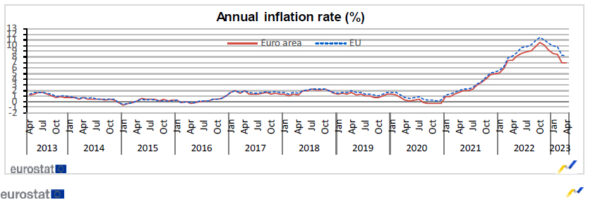
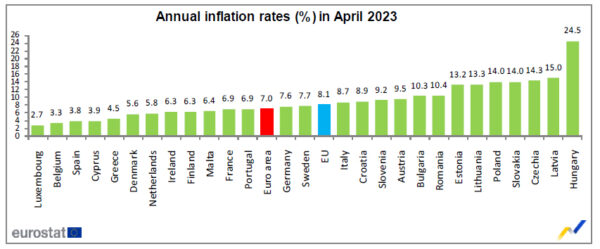
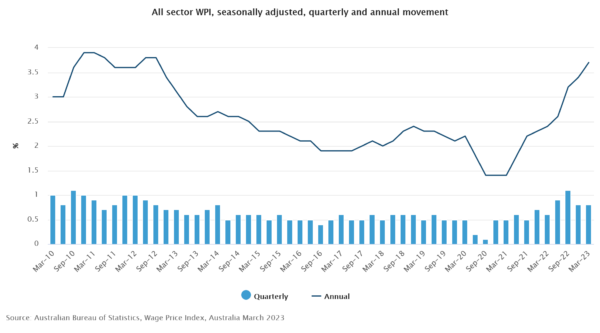
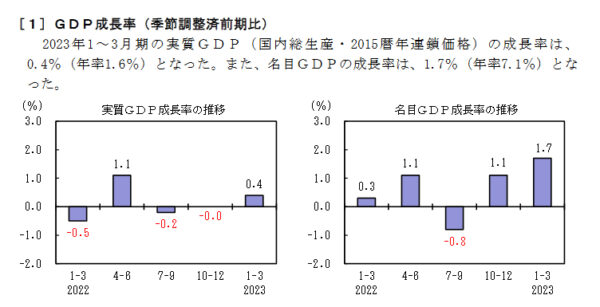
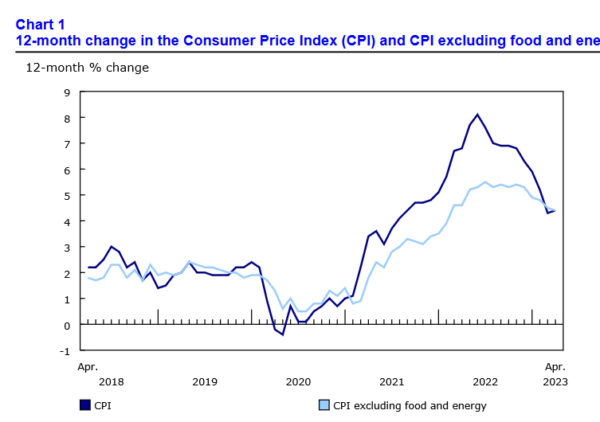
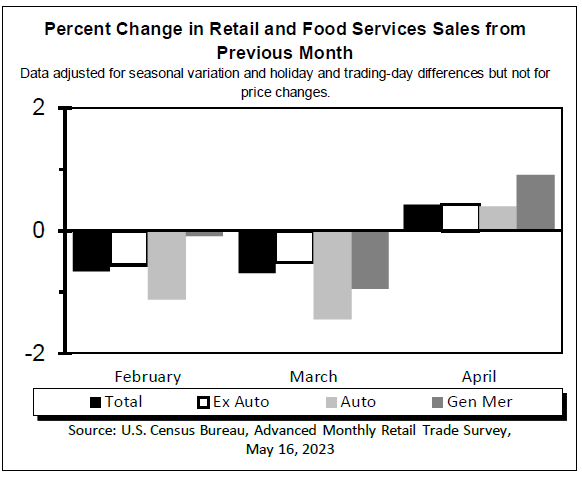
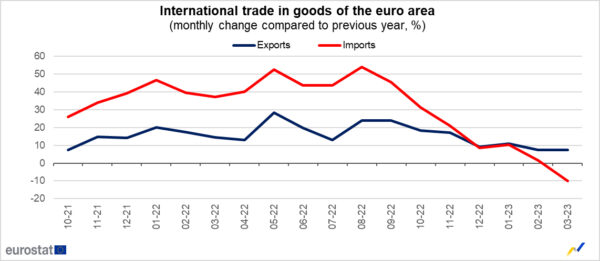
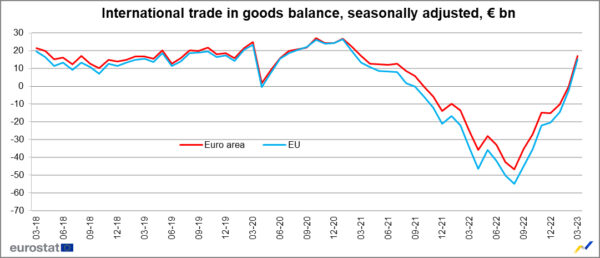
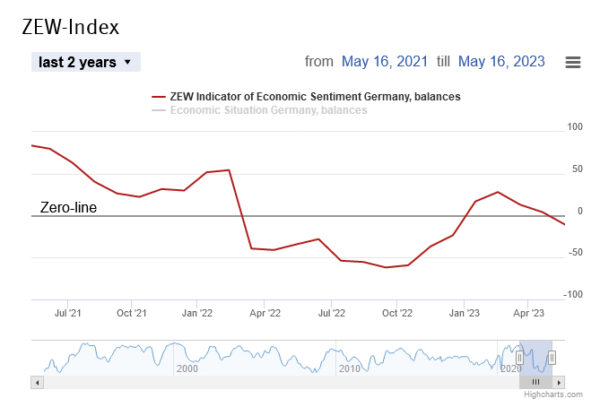
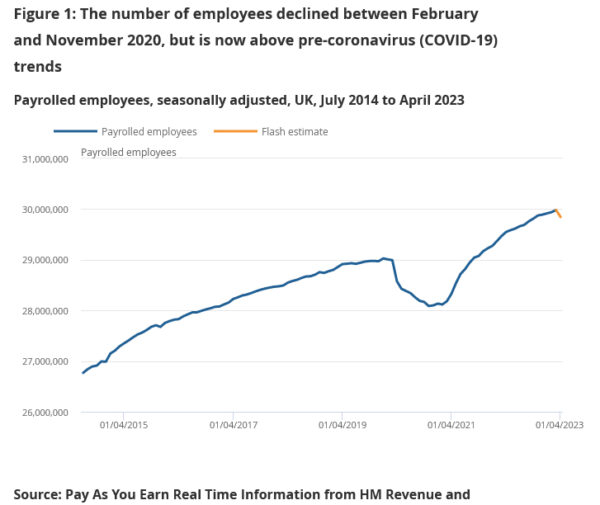
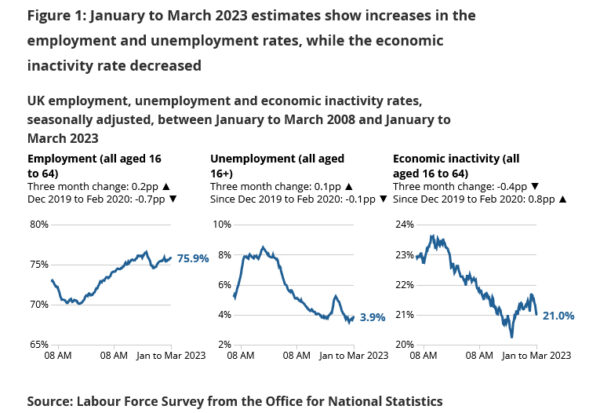
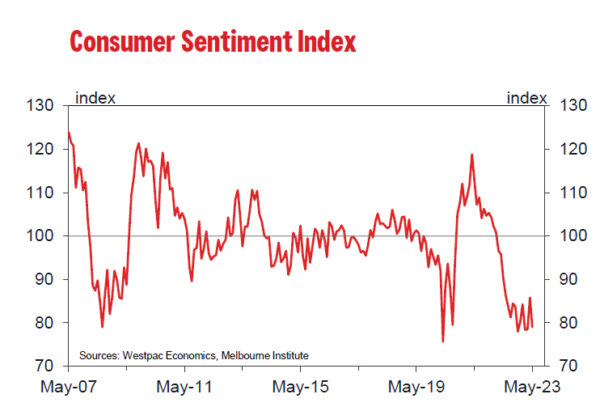
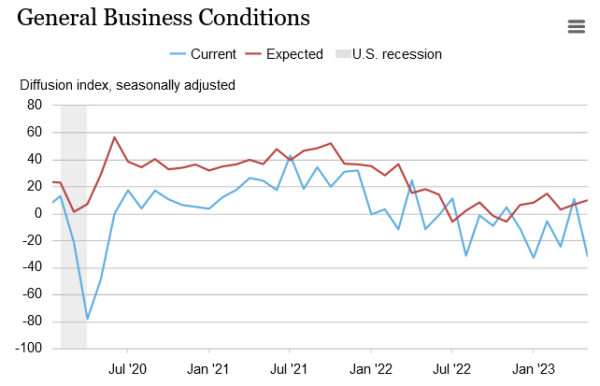
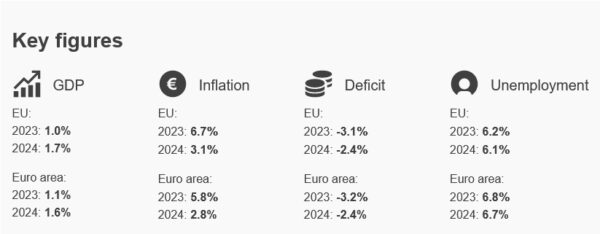

BoE Bailey: Will adjust rate further if inflation pressures persist
BoE Governor Andrew Bailey pledged in a speech, “I can assure you that the MPC will adjust Bank Rate as necessary to return inflation to target sustainably in the medium term, in line with its remit.”
“If there were to be evidence of more persistent pressures, then further tightening in monetary policy would be required,” he added.
In the baseline modal projection of May Report, which is conditional on a market-implied path for interest to peak at 4.75% in Q4, inflation will fall materially below the 2% target in the medium term.”
However, he noted, “risks to inflation are skewed significantly to the upside”, primarily reflecting the possibility of more persistence in domestic wage and price setting. Also, the “unwinding of second-round effects may take longer than it did for them to emerge”.
This “asymmetry” was not made as part of the baseline modal projection. Instead, “we think of this as a material upside risk to the inflation outlook over the medium term.”
Full speech of BoE Bailey here.